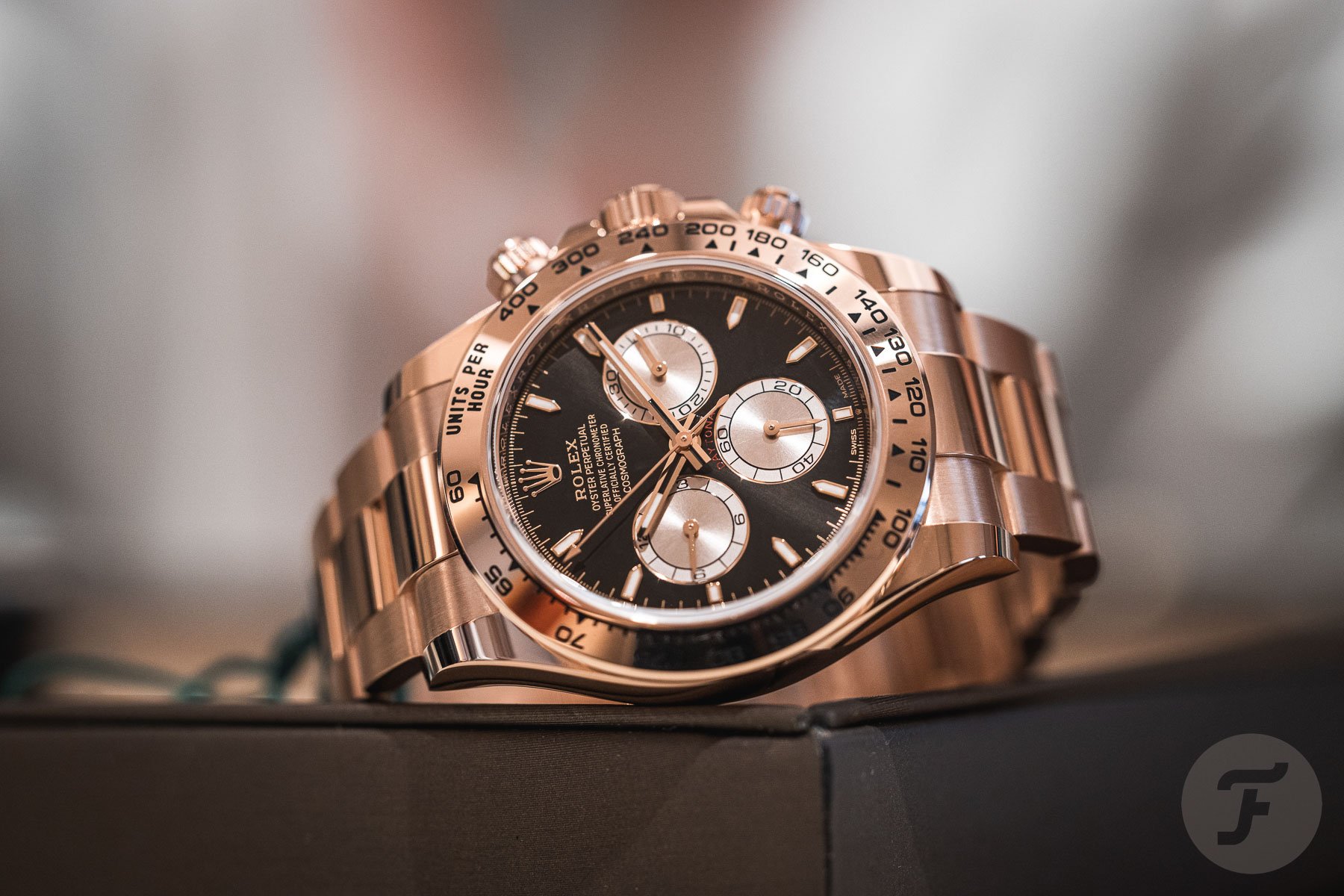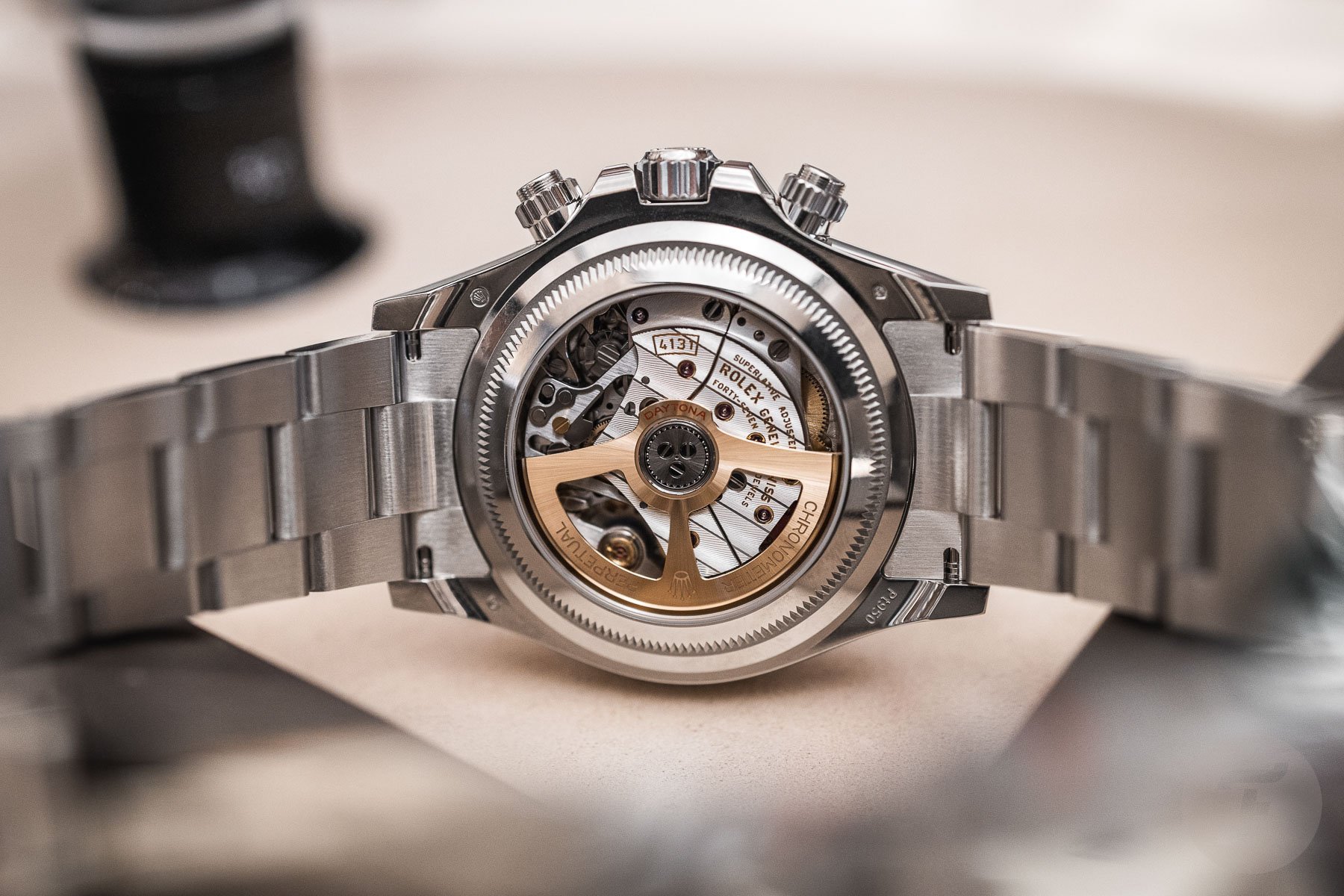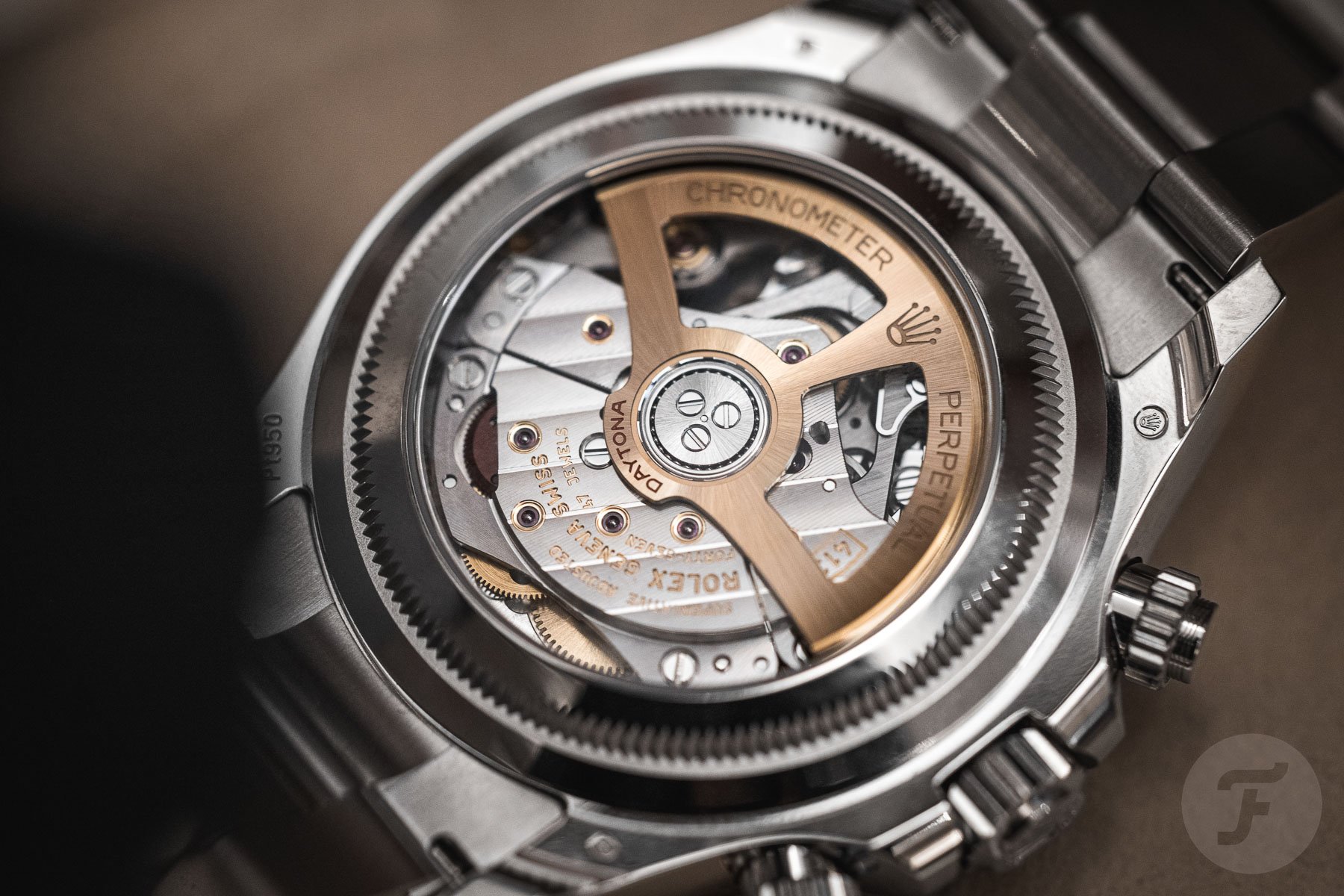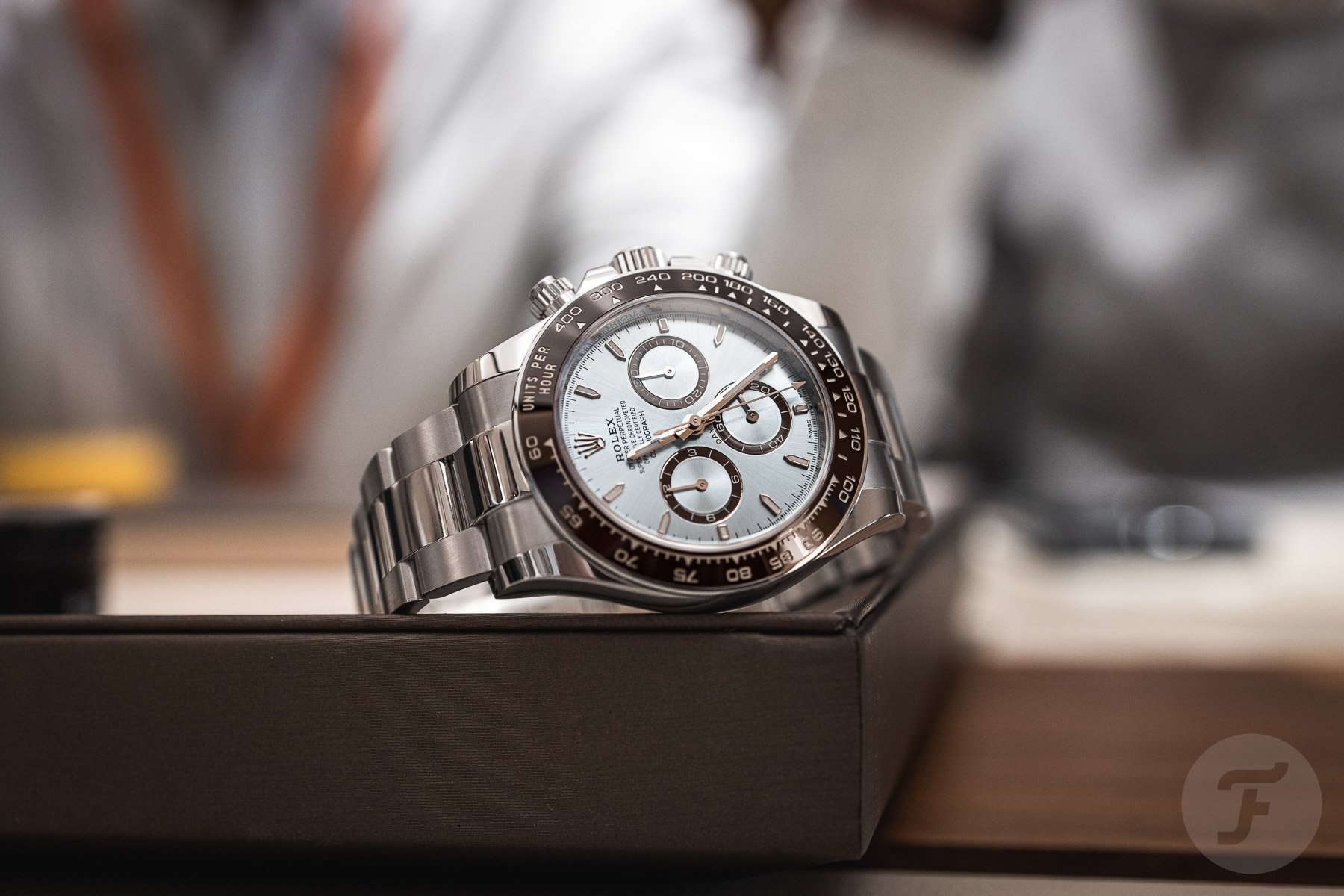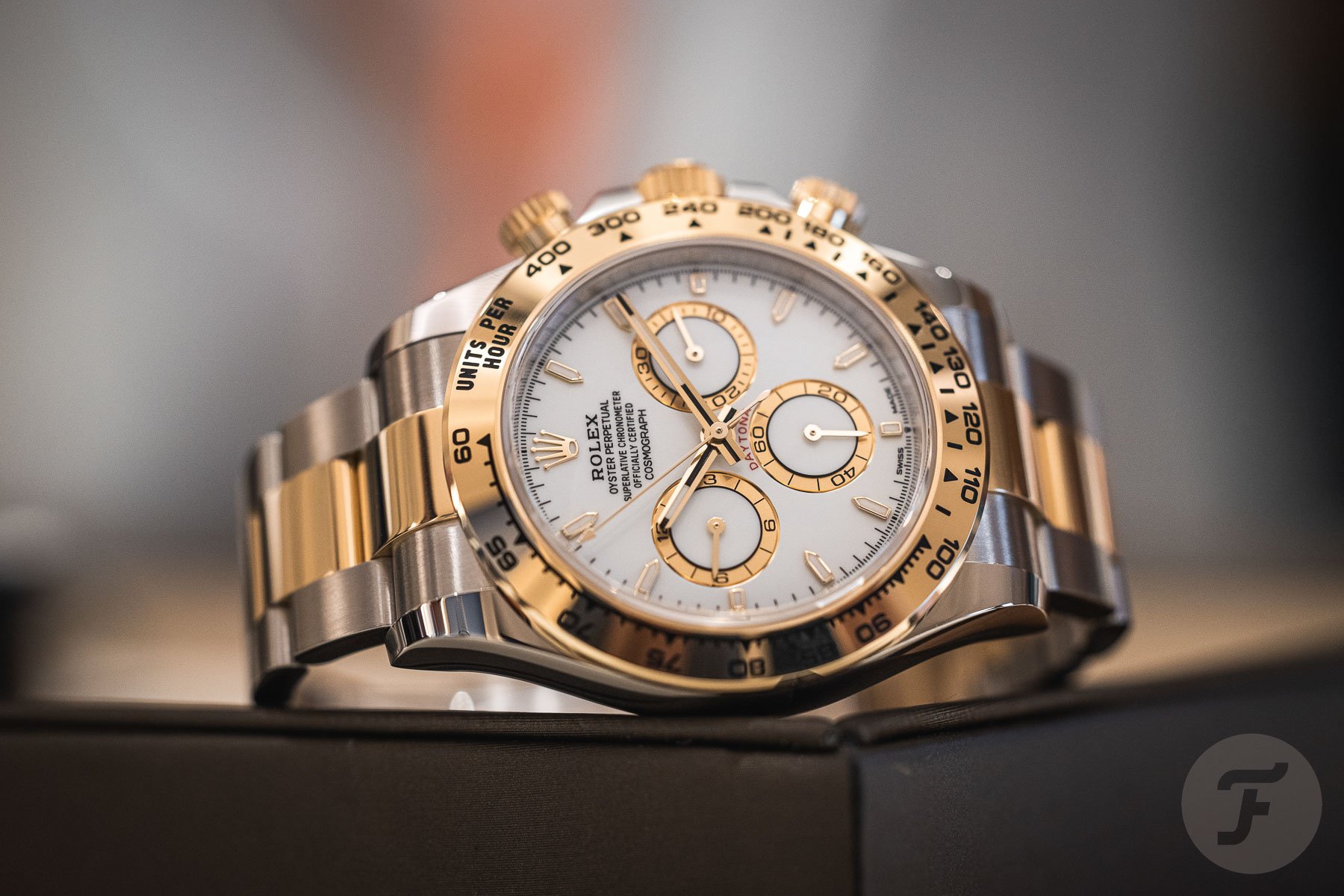A Quick Hands-On With The Updated And Slimmed-Down Rolex Daytona
The Rolex Daytona has never really been on my radar. It’s a very nice watch, of course, and it might be one of the best chronographs out there. But the fact that it’s so unobtainable has simply made me lose interest. So I’ll admit that I had to look a few times before I saw the differences between the newest ones and the outgoing versions. They’re certainly there, though, and if I had to describe the revised designs in one word, I’d say “skinnier.”
That mainly says something about the case, bezel, and dial design. There’s also a new movement, however, we’re not sure if it’s slimmer than the previous one. Let’s take a closer look at what’s new for the 2023 lineup of the Rolex Daytona.
Small changes, big impact?
In his introduction article, Timo described the changes as the “subtle refinement of a number of details.” That’s something that could be said of many of the Rolex releases. But because the Rolex designs are so well known by so many people, the slightest change can be quite significant. Think, for example, about the decision to give the current 36mm Explorer a 19mm lug spacing and lumed numerals. Indeed, these might be small tweaks. But when they happen to a design that has stayed the same for so long, those changes can make quite an impact.
The change that may make the biggest impact is the thinner case. Compared to the outgoing model, the Rolex Daytona is now 0.5mm slimmer at 11.9mm thick. There are not many automatic chronographs on the market that stay under that 12mm mark. The Daytona has always been one of the best-wearing chronographs out there, and this new case thickness reinforces that reign. The new Rolex 4131 movement could have something to do with that slimmer case.
The new 4131 movement
Rolex did tell us that the new caliber 4131 uses fewer parts than the previous caliber 4130. We’re not sure, however, if that has resulted in a slimmer movement. What we do know is that the movement now has Rolex’s energy-efficient Chronergy escapement and is fitted with a Parachrom hairspring. The power reserve is a very respectable 72 hours, but that was also true for the nearly 25-year-old outgoing 4130 movement. So no, there are no earth-shattering changes here, but I’m sure Rolex has made an already very reliable movement even more so.
A notable change, though, is the transparent case back. Just like on the all-new dressy 1908, Rolex has decided to put an exhibition case back on the platinum Daytona (yes, just that version for now). This allows you to see the 4131 movement with Rolex’s version of the very typical Côtes de Genève striping. It’s not manually finished, but it’s exactly the level of finishing you’d expect on a Rolex — nothing too fancy, just very well done. It is still quite nice to look at, especially with the golden rotor.
A new bezel inlay and a skinny dial
All right, now that we’ve come to the visible changes, let’s talk about the bezel and the dial. On the outgoing Daytona, the ceramic bezel was one solid piece. But perhaps quite a few Daytonas came back to the Rolex Service Center with cracked bezels because, on the latest models, the ceramic bezel looks more like an inlay again. It is sandwiched between the sapphire crystal and a border made of the same material as the case. To me, it makes the Daytona look a little less modern, and I actually like that.
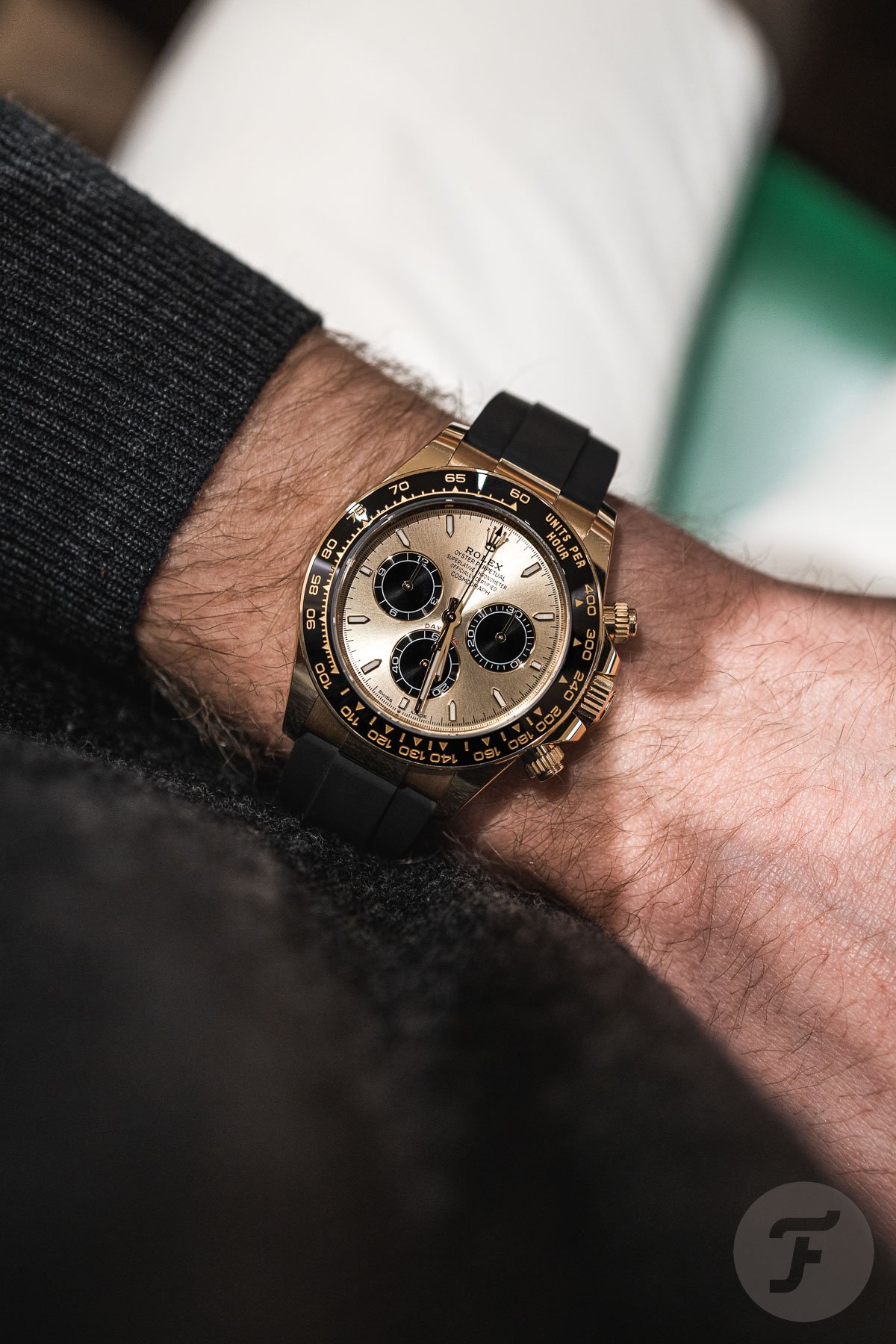
That, of course, does mean that the proportions on the bezel have changed. And that probably made the designers reconsider the look of the dial as well. The overall layout is still the same, but the indices have noticeably changed. They’re not nearly as fat as they were on the previous models. Now they look more like straight, skinny pencils. And that skinny profile carries over to the chapter rings on the sub-dials. But just like with the indices, you might not actually notice this unless you have an example of the previous generation right next to it.
Final words
Overall, the changes we see for the new Daytona are just Rolex being Rolex again. With every generation, the brand refines the designs of its watches further and further. That fully ceramic bezel was a big shock for some people when it first came out. Now it looks like the designers took it one little step too far, so we’re back at a bezel that, for some versions, looks more like the bezels of the pre-ceramic Daytonas. Because of that, though, you could even say that it helps make it look even more recognizable as a Daytona than it already was.
So yes, the new Rolex Daytona has lost some weight here and there, and the movement has been somewhat future-proofed. But this new generation is indeed, just like Timo said in his introduction, more of an evolution than a revolution. And to be honest, I think that’s what everyone expects. In the end, the Rolex Daytona is already a very popular watch, so why change the whole concept, right?
My compliments to Rolex for finding the right places to make effective changes while leaving the spirit of the watch very much alive. What do you think of the new Rolex Daytona? Let us know in the comments below.
You can also find and follow me on Instagram: @fliptheparrot

